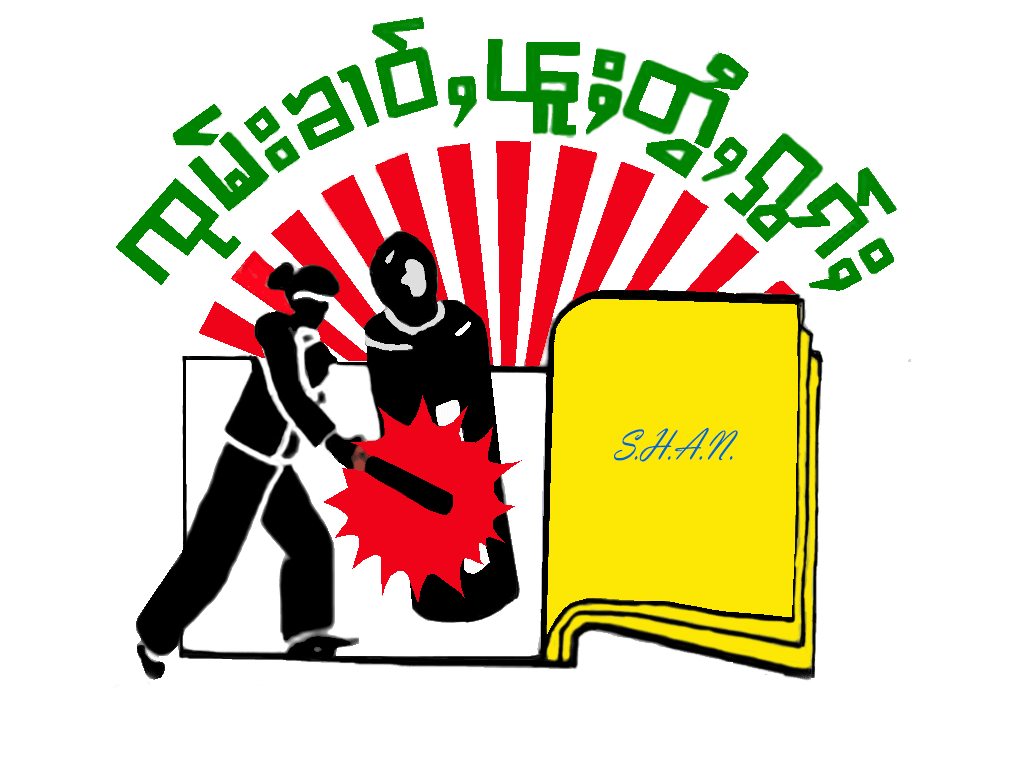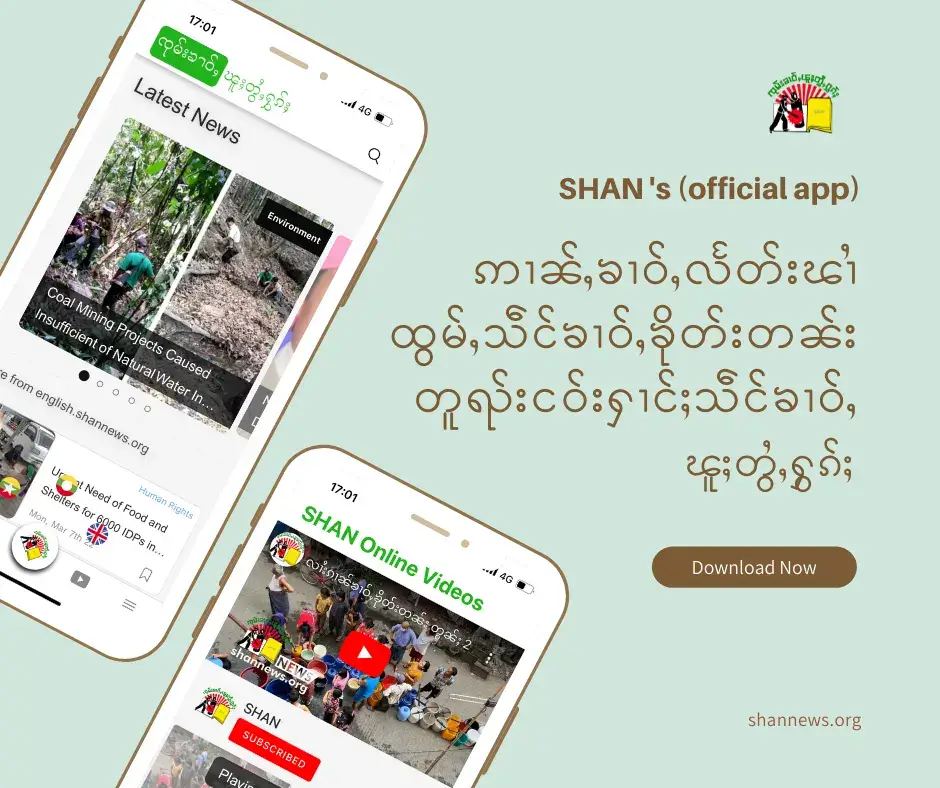(30 April 2024)
Presented at Kahin Center panel, organized by Southeast Asia Program, Cornell University
When I think of what should a new Burma look like, I can only remember the two countries I’ve lived, seen and liked and try to put them together.
The first one is the Federated Shan States as my homeland Shan State was known from 1922 to 1948, before it joined with other states to form an independent Union.
During those 26 years, it was, like the rest of Burma, a British colony. But unlike mainland Burma, it was not under direct rule.
In view of the fact that it had been tributary states to the Burmese kingdom rather than under direct Burmese rule, the British decided to continue with the tradition of ruling through leaders chosen by their own people.
One of the problems which originated then, but need not be elaborated here, was the fact that the Burmese preference for the unitary system was most likely acquired through their 100 plus year long experience of living under British direct rule. While the Shans’ yen for the federal system came from several hundred years of indirect rule which was later improved by the British introduction of federalism.
There were 33 (later 34) princely states in the Federated Shan States, most of them governed by Shan princes but there were also more than 10 principalities governed by non-Shans, such as Wa, Palaung (now known as Ta’ang), Danu, PaO and Kokang.
And although it ceased to be called a federation after independence, the system continued until 1959 when the Burmese military forced them to relinquish their powers.
I was fortunate enough to be born in one of the non-Shan States: Tawngpeng where the Ta’ang were—and still are— the majority and our ruling prince was the much respected Ta’ang by the name of Hkun Pang Sing who became the first President of the independent Federated Shan States, renamed the United Shan States, after rebelling against the British in 1947.
There were 3 sub-states in Tawngpeng, and one was Mong Ngaw, where I hail from and where the Shans were the majority. According to my adult relatives, the prince had practiced the system of “least government”, and the Shan subjects were concerned mostly only with annual taxation. Otherwise they were left alone to look after their own affairs.
In a way we have to thank the British colonialists, whatever their faults were, for this happy (compared to today’s) way of life.
To begin with, the British had issued a sanad (or deed of confirmation) to each ruling prince, which, among others, said:
You shall administer the territory according to the custom of the country…… You shall recognize the rights of the people and continue them in the same, and on no account shall you oppress them or suffer them in anyway to be oppressed
How I wish today’s rulers of Shan State are given the same instruction. It could have helped reduce (if not end) the overwhelming human rights violations.
In addition, in 1902, the British set up a school for children of the ruling princes. The emphasis there was more than academic. They tried to imbue future Shan State rulers with discipline and character training. And our Ta’ang prince had attended the school for ten years, from 1906 to 1916. And he became one of the finest, if not the finest, princes. The people of Tawngpeng, including us Shans, had adored him and were proud to be citizens of the state.
How I wish we have more schools like this today.
Furthermore, the federal system which came into force on 1 October 1922.
The system was not perfect. The Federal Council made up of the ruling princes was presided over by the British Commissioner. It had advisory power but not legislative power which belonged to the Commissioner.
However, it also had its positive side. One was called financial autonomy. Its funds came from 3 sources:
- Contributions by states
- Receipts from forest and mines
- Fixed contributions from the government of Burma (“They were not handouts,” commented Hkun Kya Oo, son of and secretary to Hkun Kya Bu, one of the signatories of the historic Panglong Agreement. “It’s compensation for what they had taken from us.”)
The other country is Switzerland. In 2016, I was one of the guests at Murten, a town in Fribourg, one of the 26 cantons in Switzerland. Though synonymous with states in other countries, I found out that they were only township size compared to today’s Shan State which has 55 official townships.
Though township size, I learned each of them is endowed with the following rights among others:
- All rights that are not vested in the federal constitution
- Management of its own health care, welfare, law enforcement, public education, taxation, etc
- Own constitution and laws
- Own legislature which comes from the electoral system of proportional representation so that the German minority were not left out
- And, last but not least, own government
What was more, I was impressed by what I saw and heard in Murten, a German-majority town (75% German speakers) in the French majority canton, not unlike my former hometown in the state of Tawngpeng.
Here’s a sample:
We were guided to a primary school, where we were greeted by two headmistresses: One German and one French. Then we were allowed to visit the classrooms. The one I was in was German 6th grade. A student explained to me:
“We started school with our own mother tongue. When we got to 3rd grade, we were given a choice among the other 3 national languages. Naturally, we chose French. Last year (at 5th grade), we were asked what foreign languages we wanted to learn, and we picked up English.” “So you have to learn three languages at schools?” I asked. He said, “Yes”.
More things can be said about the local government system in Switzerland. My thought was how the Shan State can be a mixture of the old Federated Shan States and the Swiss Fribourg. Which could be expanded into the whole Union. For instance, in Sagaing, there is a large section where the majority are Shans. They can follow the same pattern.
And it would be a model union for others countries like us too.
I want to end this clumsy presentation with my favorite quote of the late US Senator Daniel Patrick Moynihan: The challenge is how to make the world safe for and from ethnicity.
I’m sure with firm commitment to democracy, federalism and, above all, human rights, we can have a new Myanmar (likely in another name) that all of us can be proud of being its citizens.
—————————————————————————
Q & A
In addition to what I had said:
Q. On Shan independence
A. Most of us, including myself, started with the cardinal aim to establish a sovereign, independent Shan State. But, one of our biggest obstacles, was China. It was not in favor of an independent Shan State. We had first set up a Shan State Communist Party in 1956. It was rejected by the CPC. Then in 1994, we marched to Shan North with the aim to free it from Burmese rule. It was defeated by the Burma Army with assistance from China. Since then, most Shans have wisely chosen federalism instead.
On Balkanization
During the British days, the country was divided into 3 parts:
Scheduled Areas Part I
Politically backward: which included today’s Shan, Chin and Kachin
Scheduled Areas Part II
Politically more advanced: which included today’s Karen State
Ministerial Burma
Politically most advanced: which included today’s Mon and Rakhine
I think we can take a leaf out of this in our case:
Establish a set of criteria to upgrade our administrative units, from self-administered townships to self-administered districts and later constituent states, if the people concerned want them. My suggestion is this idea be considered in order to overcome the danger of Balkanization and endless inter-ethnic armed conflicts.




